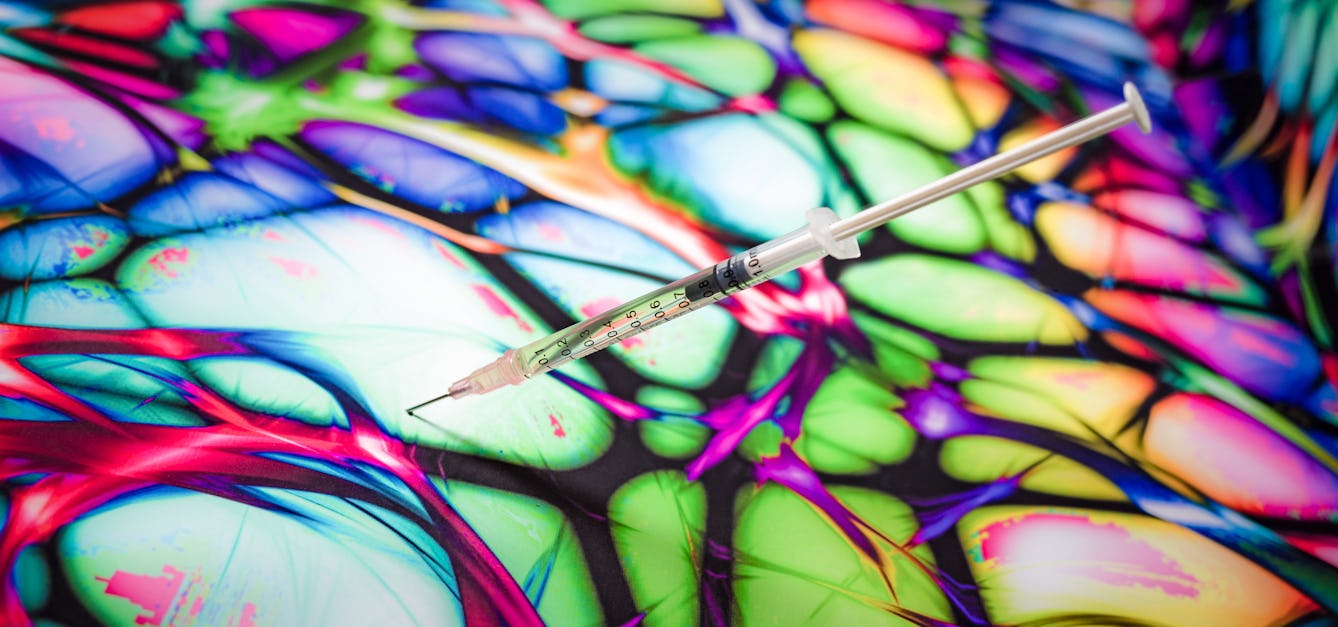Stories

- Article
The rise and fall of a medical mesmerist
Uncover the fascinating story of the doctor who popularised hypnotism as a medical technique, and could name Dickens among his famous friends.

- Article
Deadly doses and the hardest of hard drugs
The invention of the modern hypodermic syringe meant we could get high – or accidentally die – faster than before. Find out how this medical breakthrough was adapted for deadly uses.

- Article
Epidemic threats and racist legacies
Epidemiology is the systematic, data-driven study of health and disease in populations. But as historian Jacob Steere-Williams suggests, this most scientific of fields emerged in the 19th century imbued with a doctrine of Western imperialism – a legacy that continues to influence how we talk about disease.

- Article
The hell of hay fever
After years suffering in silence, David Jesudason finds speaking out about his pollen allergy gives him hope for a future where his hay-fever symptoms are under control.
Catalogue
- Books
Pakistan College of Physicians and Surgeons / Hamid Ali Khan.
Ḵẖāṉ, Ḥāmid ʻAlīDate: 1982- Books
Royal College of Physicians and Surgeons of Canada / G. Ross Langley.
Langley, G. Ross.Date: 1982- Books
Doctors and Australian science : an exhibition held at the Royal Australasian College of Physicians for the combined meeting of Royal Australasian College of Surgeons, the Royal Australasian College of Physicians and by invitation the Royal College of Physicians and Surgeons of Canada, Sydney, 24-29 February 1980.
Date: 1980- Journals
Studies from the Dept. of Pathology of the College of Physicians and Surgeons, Columbia University, N.Y.
- Archives and manuscripts
Standing Joint Committee of the Three Colleges (Royal College of Physicians, Royal College of Surgeons, Royal College of Obstetricians and Gynaecologists)
Date: 1951-1957Reference: PP/AWD/H/1/2Part of: Daley, Sir (William) Allen (1887-1969)









![The examination hall of Medicine and Surgery, Savoy Place, London. Lithograph, [1885].](https://iiif.wellcomecollection.org/image/V0013838/full/600%2C/0/default.jpg)